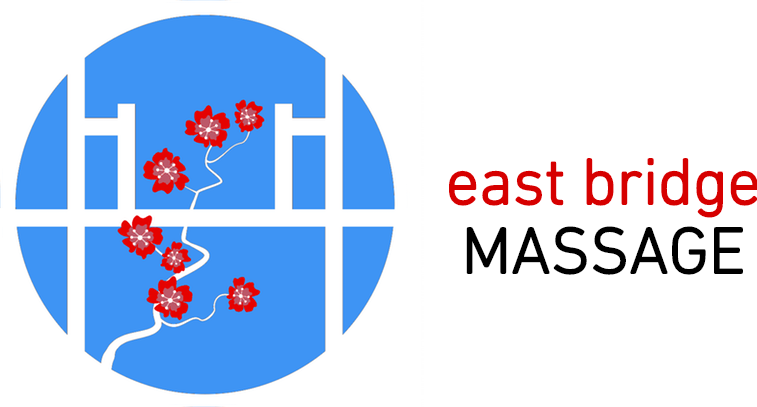If you can picture the human body as a tree and the spine as the trunk of that tree, the peripheral nervous system would be like the branches of the tree; reaching out to the very edges of our limbs and connecting the rest of the body to the trunk,or central nervous system. The peripheral nervous system, also much like the branches of a tree, is more exposed and less protected than the central nervous system, leaving it vulnerable to the elements and injury.
Peripheral neuropathy can be caused when the nerve endings do not receive adequate oxygen or blood flow. There are many conditions that can result in peripheral neuropathy as well, such as, diabetes, sports injury, birth trauma, and post-chemotherapy treatment.
The most common symptoms of peripheral neuropathy are pain, numbness, and tingling. The pain and tingling associated with neuropathy is called paresthesia and is similar to the sensation you feel when your hands or feet fall asleep.

Massage is great for people who suffer from peripheral neuropathy because it calms the central nervous system and triggers the brain to release endorphins, which in turn, relieves pain. Massage also helps to increase circulation, oxygen and lymph flow in the body, which can help increase your immunity and relieve pain in the affected areas.
When getting a massage for peripheral neuropathy, you should expect to first start with a more moderate to light touch, such as Swedish massage, to get the body’s nervous system calm before beginning myofascial release treatments. Due to loss of feeling or sensation, it may be difficult to clearly gauge pain levels so communicating with your massage therapist is very important. Your massage therapist may be able to increase the amount of pressure they use gradually throughout the massage if you are not experiencing increased pain.
Utilizing myofascial release techniques may be the best tool in the massage therapist’s toolbox. These manual techniques are based on an intention to unwind the tissue trapping or blocking blood flow to the nerves. The myofascial modality of massage revitalizes, not only the muscles but the sensitive nerves that are so important to muscle function and communication. I have experienced people who have gone from little feeling to re-gaining almost full sensation and function. Massage is often overlooked as one of the most effective treatments for nerve dysfunction and recovery.
Our massage therapists at East Bridge Massage specialize in myofascial release, Swedish and deep tissue modalities to get you and your nerves on the road to recovery in the new year.
About The Author:

Clare Katner has been a licensed massage therapist and teacher for over 20 years. As the founder of East Bridge Massage she leads a team of 10 massage therapists in Portland Oregon, offering specialized treatments seven days a week. Whether it’s deep tissue or stress reduction her inspiration is to create a unique and customized experience to reach the many needs of all those that seek advanced massage therapy.

